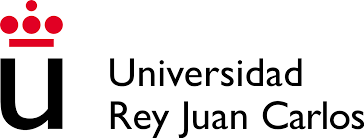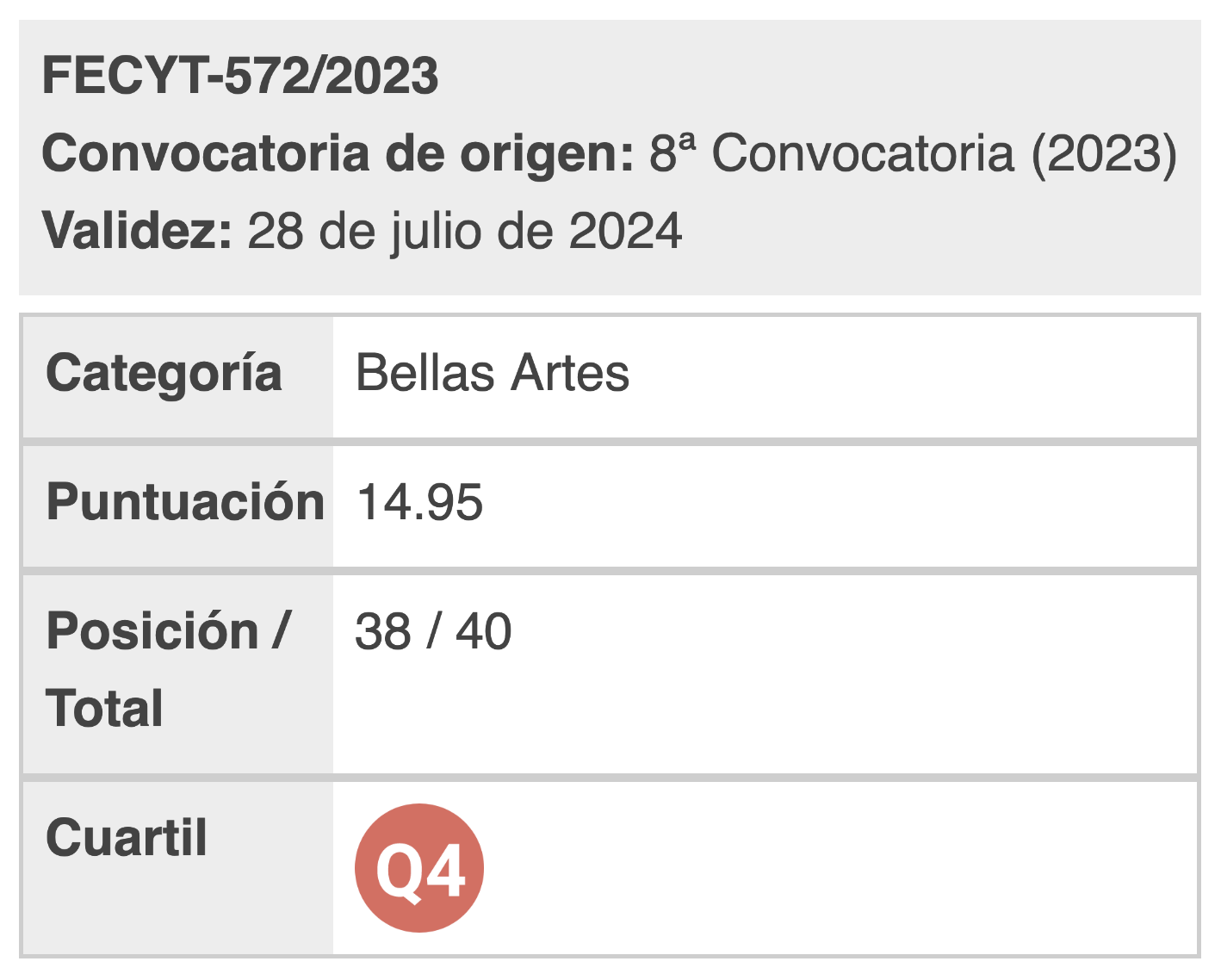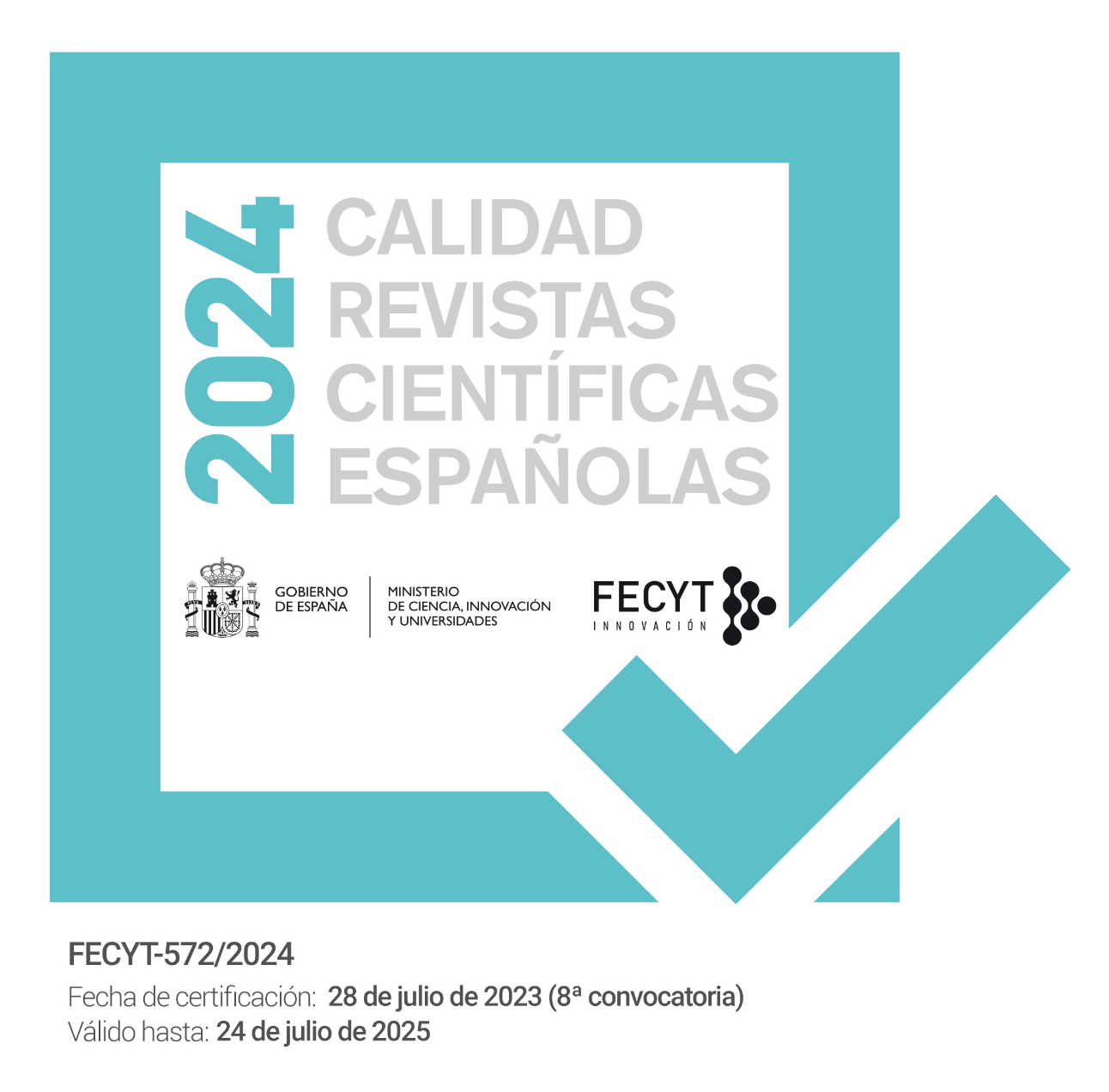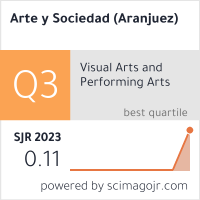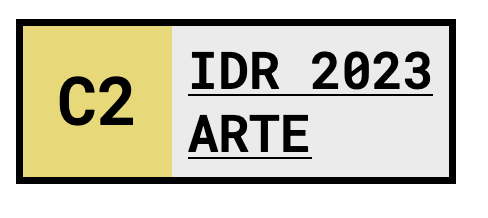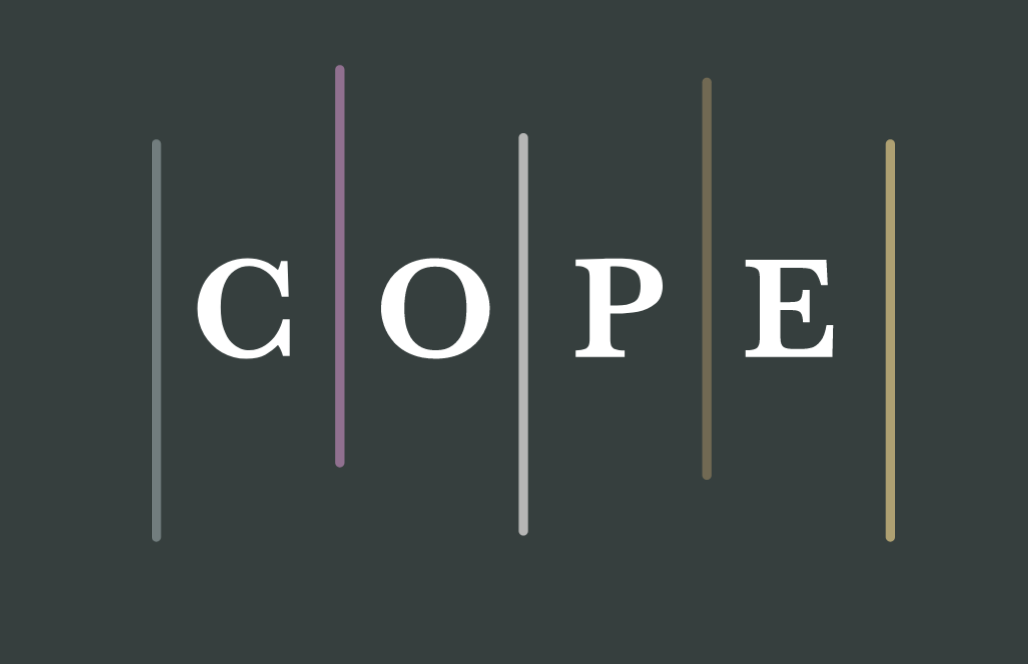360º Narrative videos.
An Analysis model proposa
DOI:
https://doi.org/10.5281/zenodo.7655113Keywords:
Virtual Reality, Audiovisual Language, 360º Videos, Cinematic VR, NarrativeAbstract
Given the need to define the audiovisual language of virtual reality films and the lack of research in this area, we propose a model of analysis focused on 360º narrative videos. The model was made up of variables and categories that could be used to guide the viewer´s gaze through the spherical image. The validity of the model was confirmed through a pretest.
References
Alonso García, L. (2010). Lenguaje del cine, praxis del filme: una introducción al cinematógrafo. Plaza y Valdés.
Altman, R. (2010). Los géneros cinematográficos (2ª ed). Espasa Libros, S.L.U.
Artigas, P., Caballero, J., Catalá Domènech, J. M., García del Pino, V., Gómez-Quintero, C. M., Martínez, A., y Tormo, J. (2017). Guía Práctica de la Realidad Virtual. Barcelona: Master en Teoría y Práctica del Documental Creativo de la Universitat Autónoma de Barcelona y Samsung Electronics Iberia S.A.U.
Aumont, J., y Marie, M. (1990). Análisis del film. Paidos Ibérica.
Aumont, J., Bergala, A., Marie, M. y Vernet, M. (2002) Estética del cine. Paidos Iberica, S.A.
Benítez de Gracia, M. J., y Herrera Damas, S. (2018). El reportaje inmersivo en vídeo 360º: diseño de un modelo de análisis. El profesional de la información, 27(1), 149-161.
Bordwell, D., Thompson, K. y Smith, J. (2020). Film Art. An Introduction. (12 ed.) Mc Graw Hill Education.
Brillhart, J. (05 de 02 de 2016). Medium. Recuperado el 11 de 2019, de Medium: https://medium.com/the-language-of-vr/in-the-blink-of-a-mind-attention-1fdff60fa045
Burch, N. (2004). Praxis del cine (8ª ed.). Editorial Fundamentos.
Burdea , G., y Coiffet, P. (1996). Tecnologías de la Realidad Virtual. Paidós Hipermedia 3.
Burdea, G., y Coiffet, P. (2003). Virtual Reality Technology (2ª ed.). John Wiley & Sons Inc.
Carmona, R. (2016). Cómo se comenta un texto fílmico (7 ed.). Ediciones Cátedra.
Casetti, F., y Di Chio, F. (2017). Cómo analizar un film (11 ed.). Espasa.
Cortés Gómez, D. (2019). Propuesta para la elaboración de una plantilla técnica de dibujo de formato cúbico para la puesta en escena y puesta en cuadro en vídeos de 360 grados. KEPES, 16(19), 347-388.
Damiani, J. (29 de 08 de 2016). Uploadvr. Recuperado el 11 de 2019, de Uploadvr: https://uploadvr.com/virtual-reality-vs-360-degree-video-semantic-divide.
De La Peña, N., Weil, P., Llobera, J., Giannopoulos, E., Pomes, A., Spanglang, B., Friedman, D., Sanchez Vives, M., Slater, M. (2010). Immersive journalism: Immersive virtual reality for the first-person experience of news. Presence: Teleoperators and virtual environments, 19(4), 291-301.
Edgar, R., Marland, J. y Rawle, S. (2016). El lenguaje cinematográfico (2ª ed.). Parramón Paidotribo
Feldman, S. (1997). La composición de la imagen en movimiento (2ª ed.). Gedisa, S.A.
Fernandez Diez, F., y Martinez Abadia, J. (2016). Manual básico de lenguaje y narrativa audiovisual (14ª ed.). Espasa.
Gödde, M., Siegmund, D., Gabler, F., y Braun, A. (2018). Cinematic Narration in VR-Rethinking Film Conventions for 360 Degrees. Virtual, Augmented and Mixed Reality Applications in Health, Cultural Heritage, and Industry (págs. 184-201). Nevada, USA: Springer. Recuperado de: https://link.springer.com/book/10.1007/978-3-319-91584-5
Gordon, C. (2017). The Cinematic VR Formula A Beginner´s Guide to Creating VR Movies. Gordon´s Arcade.
Konigsberg, I. (2004). Diccionario Técnico de Akal de Cine. Ediciones Akal.
Palazón Meseguer, A. (2001). Lenguaje Audiovisual (2ª ed.). Acento Editorial.
Real Academia Española. (2014). Diccionario de la Lengua Española (23ª ed.). Real Academia Española.
Sanchez Noriega, J. L. (2018). Historia del Cine Teorías, estéticas y géneros (3ª ed.). Alianza Editorial.
Stam, R. (2001). Teorías del Cine. Ediciones Paidós Ibérica.
Tricart, C. (2018). Virtual Reality Filmmaking Techniques y Best Practices for VR Filmmakers. Routledge.
Willis, H. (2016). Fast Forward The Future(s) of the Cinematic Arts. Columbia University Press.
Wohl, M. (2019). The 360º Video Handbook A step by step to creating video for virtual reality (VR) (2ª ed.). Michael Wohl.

Published
How to Cite
Issue
Section
License

This work is licensed under a Creative Commons Attribution 4.0 International License.
You are free to:
Share — copy and redistribute the material in any medium or format.
Adapt — remix, transform, and build on the material for any purpose, including commercial.
Attribution — You must properly acknowledge the authorship, provide a link to the license, and indicate if any changes have been made.
You may do so in any reasonable manner, but not in any way that suggests that you endorse or receive any endorsement by the licensor for your use.
No additional restrictions — You may not apply legal terms or technological measures that legally restrict you from doing what the license allows.

